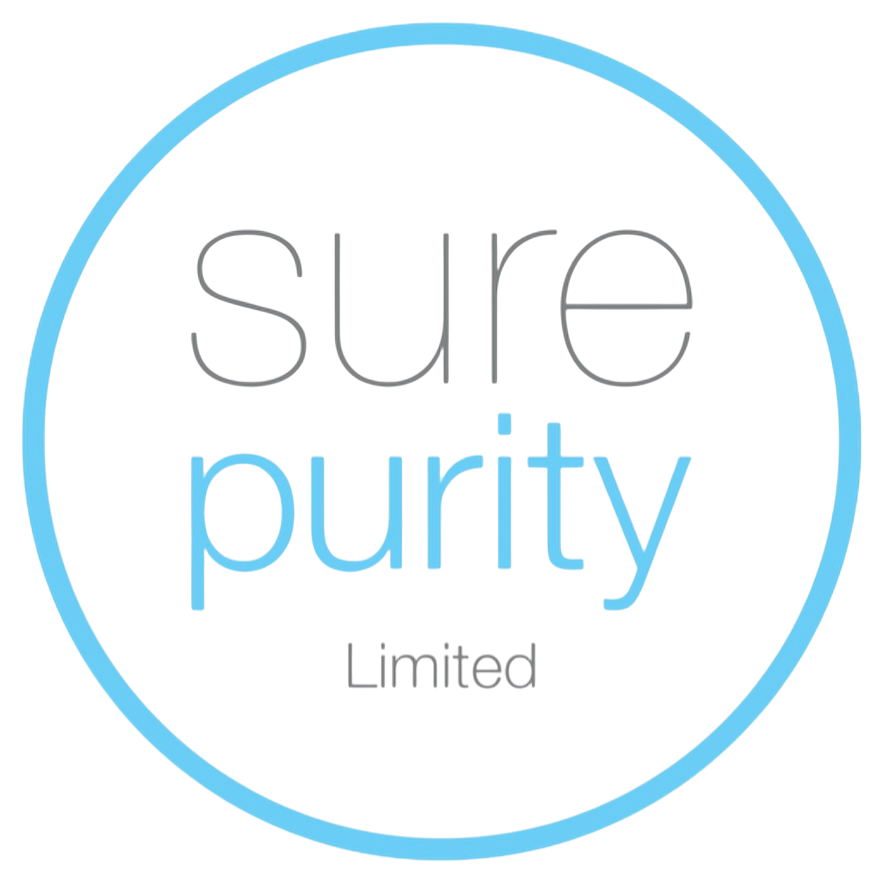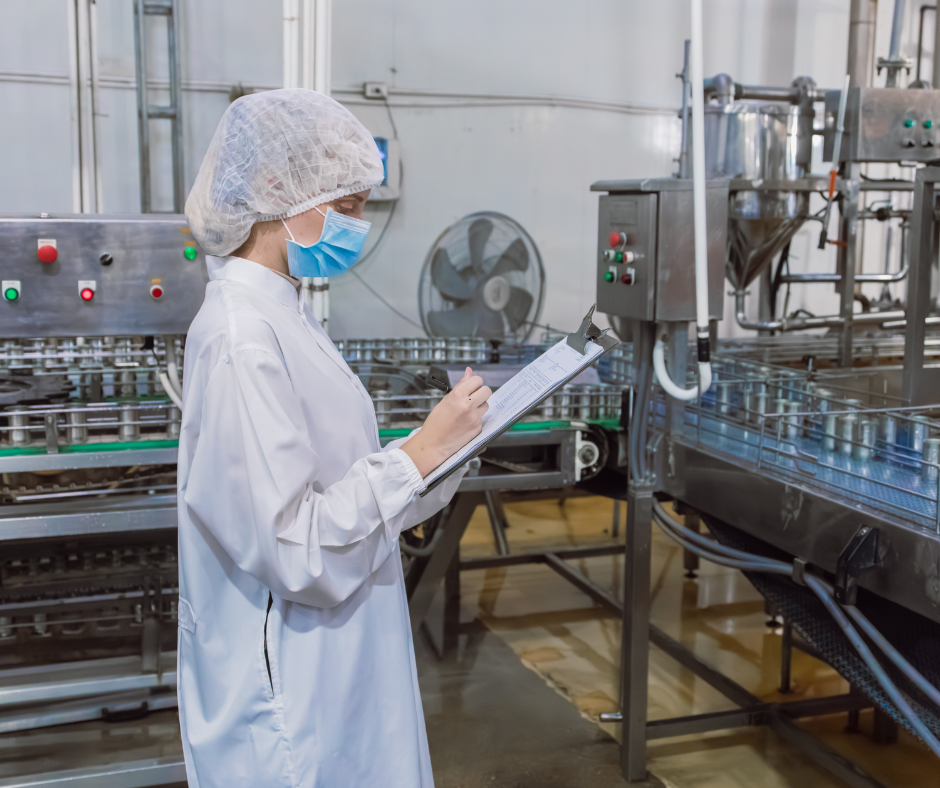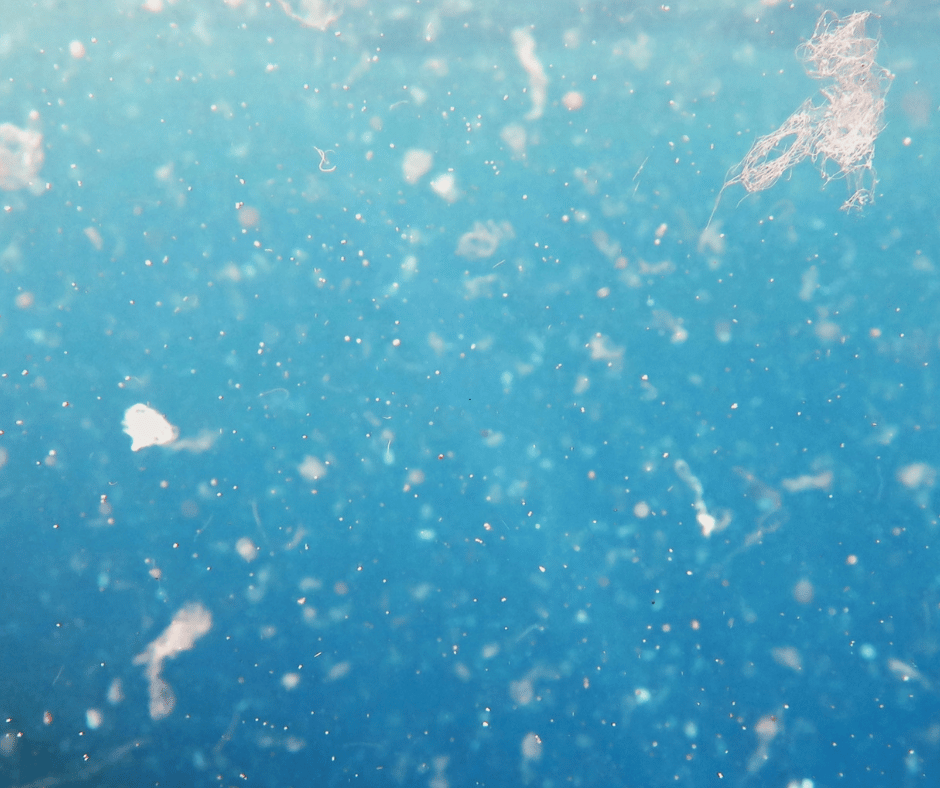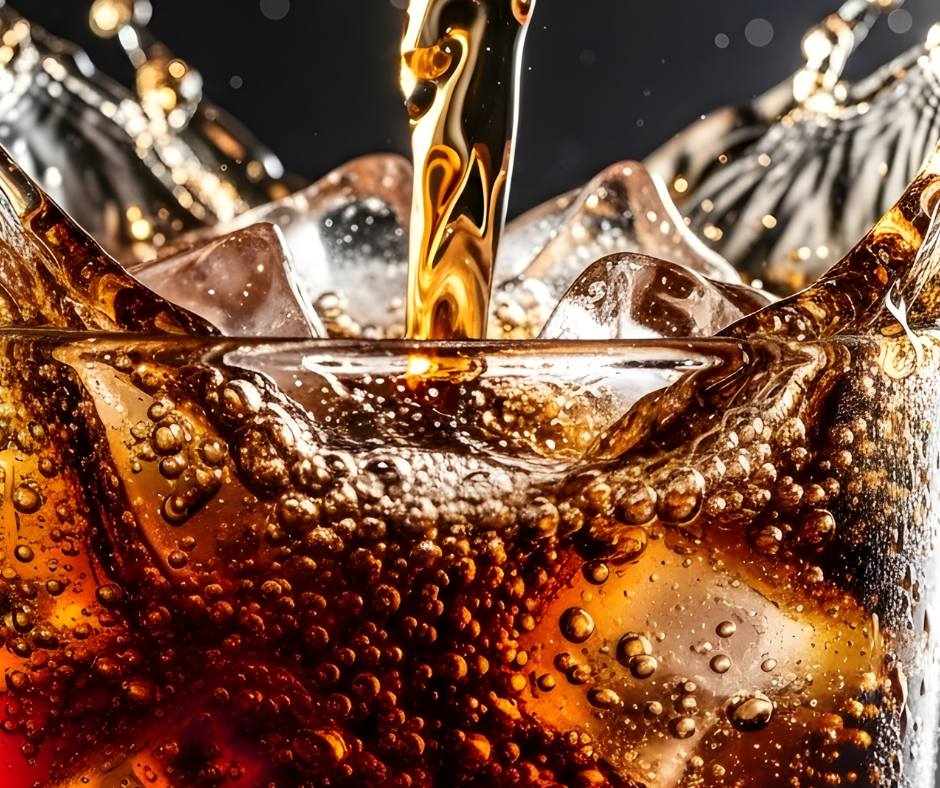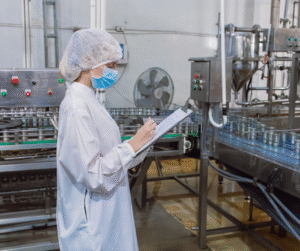Picture the scene: a customer sends their pint back, complaining it tastes sour or musty. It’s not the keg. It’s not the glass. It’s the lines.
Dirty beer lines are one of the biggest causes of flavour taint, foaming issues, and customer dissatisfaction in pubs and bars. This isn’t just about taste—it’s about hygiene and reputation.
Every time beer passes through unclean lines, it picks up yeast residue, beer stone, limescale, mould spores, and potentially harmful bacteria. These build-ups aren’t always visible, but their impact is immediate. They spoil the flavour, compromise safety, and damage customer trust.
The commercial costs can be steep:
- Wasted product from off-flavours and foam
- Reduced keg yield due to contamination
- Lost repeat business from dissatisfied customers
- Risk of hygiene breaches affecting your licence and reputation
Clean lines don’t just pour better beer. They protect your brand.
In this guide, we’ll walk through exactly how to clean beer lines properly, what equipment you need, how often to do it, and how to make the process safer, simpler, and more sustainable. We’ll also show how Sure Purity’s gas filtration systems and polishing filters can help support a cleaner, more reliable dispense every day.
What Contaminates Your Beer Lines?
Even if your beer is fresh and your cellar is spotless, your draught system can still be compromised by hidden contaminants. Over time, the following substances accumulate inside beer lines and fittings, leading to poor quality pours, wasted product, and serious hygiene risks.
- Yeast & Wild Yeast
Naturally present in beer, but once settled in the lines, yeast ferments and produces off-flavours. Wild yeast is especially aggressive and can spread quickly, impacting multiple lines. - Bacteria & Biofilm
Beer is a low-acid, nutrient-rich liquid—ideal for bacterial growth. Once bacteria take hold, they form biofilm: a sticky layer that’s tough to remove. This causes sour, musty, or buttery flavours and can pose a safety risk. - Beer Stone (Calcium Oxalate)
A hard, crystalline deposit caused by calcium in water and proteins in beer. It provides a breeding ground for bacteria and leads to inconsistent foam and off-tastes. - Limescale
Common in hard water areas, limescale builds up inside lines and dispense equipment. It restricts flow, affects temperature control, and disrupts carbonation. - Mould
Thrives in damp areas like couplers, taps, and cellar equipment. Mould not only ruins taste but also presents a health hazard if left untreated.
Together, these contaminants affect:
- Taste – Sour, metallic or “off” flavours.
- Foam – Inconsistent head or excessive fobbing.
- Head Retention – Flat appearance with little aroma.
- Safety – A potential source of illness and hygiene violations.
That’s why regular, thorough beer line cleaning is non-negotiable for any venue serving draught beer.
How Often Should You Clean Beer Lines?
Industry-leading breweries and suppliers recommend cleaning every 7 days to prevent build-up of yeast, bacteria, and beer stone.
Tempted to skip a week? Don’t.
Missed cleans may save a few minutes now, but they’ll cost you in the long run—through poor taste, fobbing, and wasted pints. Dirty lines can taint an entire keg and impact customer perception after just one bad pour.
Why Weekly Cleaning Matters
- Yeast and bacteria multiply fast—especially in warm or humid cellars.
- Even small amounts of residue can ruin foam quality and head retention.
- The longer you leave it, the harder it is to remove stubborn deposits like beer stone or biofilm.
Make Cleaning Routine
The easiest way to stay on top of line hygiene is to schedule it into your weekly cellar routine. For example:
- Choose a quiet trading period (e.g., Monday morning).
- Assign the same team member to maintain consistency.
- Keep a cleaning log to track every session.
Shortcuts and ‘monthly cleans’ are false economies. Weekly cleans mean fewer issues, better-tasting beer, and fewer wasted kegs.
Manual Line Cleaning Process (Step-by-Step)
Manual beer line cleaning is still the most common method in many pubs and bars. Done properly, it protects your product, your customers, and your bottom line. Below is a safe and effective process, broken down into simple steps.
1. Preparation
Before you begin, safety is key.
- Wear protective gloves and goggles—line cleaners are corrosive.
- Place cleaning-in-progress signs around taps to prevent accidental pours.
- Switch off CO₂ gas supply and cooling systems to avoid pressure build-up and improve cleaning effectiveness.
2. Flush with Clean Water
Use fresh, cold water to flush each line. This removes residual beer and loose debris before any chemicals are introduced. Keep flushing until the water runs clear—this reduces dilution of the cleaning solution.
3. Dilute and Circulate Line Cleaner
Follow the manufacturer’s instructions precisely.
- Measure the correct concentration—never guess.
- Pump the solution through the lines using a cleaning vessel or dedicated unit.
- Keep the cleaner moving to coat all internal surfaces.
4. Allow Soak Period
Let the solution sit in the lines for the recommended time (usually 10–20 minutes). Don’t exceed this unless the product allows, as overexposure may damage components.
5. Flush Thoroughly with Cold Water
Rinse the lines thoroughly to remove all chemical residue. Flush with at least 2–3 pints of clean water per line. Check that the water runs clear and doesn’t smell of cleaner.
6. Final Rinse and Reconnect the Keg
Once rinsed, reconnect the keg.
- Pull through a sample and check clarity, taste, and aroma.
- If in doubt, flush a little more and retest.
- Record the clean in your cellar logbook.
Note: Never mix chemicals or use non-approved cleaning agents. Improper handling can damage equipment or contaminate beer.
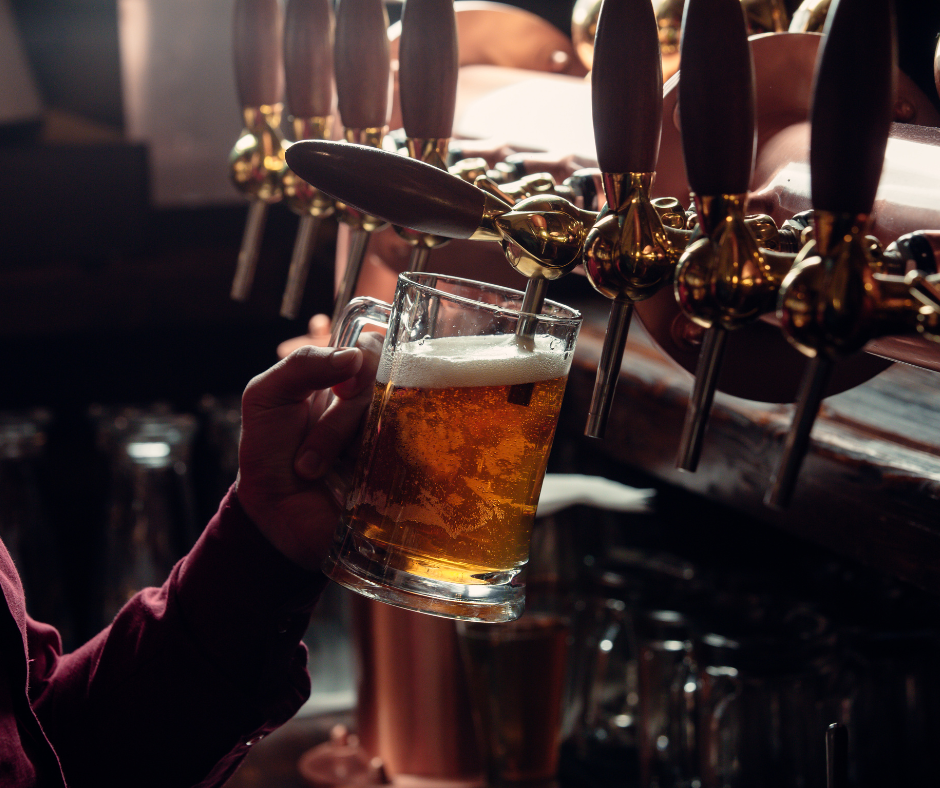
Safety and Regulatory Compliance
Most cleaning solutions are highly caustic, meaning serious injury or even poisoning can occur if mishandled. That’s why COSHH compliance, proper training, and PPE are essential.
Protecting Staff and Customers
All staff involved in cleaning must:
- Wear gloves, goggles, and protective clothing
- Use warning signs to block access to taps during cleaning
- Follow manufacturer guidelines for dilution, contact time, and safe disposal
Line cleaner is not something you can afford to get wrong. In the past, hospitalisations have occurred after pubs accidentally served caustic cleaning fluid instead of beer. These incidents were widely reported and led to criminal investigations and fines.
Staff training must include:
- Correct use and storage of chemicals
- Emergency first aid for exposure
- Cellar hygiene and correct rinse protocols
Food Safety and Hygiene
Beer is a food product. That means line cleaning falls under food safety legislation. Dirty lines or chemical residues can:
- Breach HACCP principles
- Contaminate consumables
- Lead to fines or closure during inspections
Signs That Your Lines Need Cleaning
Failing to clean your beer lines often enough leads to quality issues – and it doesn’t take customers long to notice. Here are common warning signs that your lines are overdue for attention:
- Poor head retention – flat pints or foam that disappears quickly
- Off-tastes – sour, metallic, plasticky, or vinegar-like flavours
- Cloudy appearance – haze in lagers or clear ales
- Unusual smells – musty, mouldy, or chemical notes
- Slow pour – a sign of build-up or blocked lines
Common Flavour Faults and What They Mean
- Chlorophenol (TCP taste): usually caused by wild yeast or chlorine contamination
- Sour/vinegar: bacterial build-up in warm or rarely used lines
- Metallic taste: old equipment or beer stone leaching into the pour
If these symptoms appear, it’s a sign your cleaning schedule may need reviewing. Routine line cleaning stops faults before they start and ensures every pint poured is consistent, fresh, and safe to drink.
Tools to Make Beer Line Cleaning Easier
Manual line cleaning is time-consuming, but the right tools can reduce hassle and help maintain consistency. Depending on your venue size and setup, here are key pieces of kit worth considering.
Ring Main Systems
In many pubs and bars, a ring main connects all beer lines into a closed-loop system. This allows cleaning solution to be circulated efficiently across multiple lines at once, saving time, chemicals, and water.
FOB Detectors (Foam on Beer)
FOB detectors stop beer flow when a keg runs dry. During cleaning, they help prevent air ingress, which can otherwise introduce bacteria. They also reduce waste and make re-priming quicker after cleaning.
Cleaning Pumps
Used in both manual and semi-automated systems, cleaning pumps provide the pressure needed to push cleaning fluid through the system. They ensure effective line contact and reach all internal surfaces.
Manual vs Automated Systems
- High-volume venues (e.g. stadiums, multi-bar pubs): consider automated systems for speed, consistency, and programmable scheduling.
- Small taprooms or microbreweries: manual cleaning is cost-effective and provides control, but requires disciplined record-keeping and trained staff.
A Note on DIY Inline Cleaners
DIY inline cleaners, like the DrHans Brewery setup, can work in small homebrew systems. But commercial premises must meet food hygiene and safety regulations. If you’re not using cleaning chemicals properly (or not flushing correctly) you risk contamination, penalties, or worse.
In short: what works in a garage doesn’t always pass in a licensed cellar.
Maintaining Quality with Filtration and Equipment Hygiene
Clean beer lines are only one part of the quality equation. Your gas system must be just as clean to ensure pressure stability and taste integrity.
Why Gas Purity Matters
CO₂ that contains moisture, oil, or impurities can:
- Cause pressure drops and foaming
- Accelerate biofilm and bacteria growth
- Introduce off-flavours to the beer
Even a spotless line can become tainted if your gas supply isn’t food-grade or becomes contaminated en route.
How Sure Purity’s Filters Help
Sure Purity’s Carboguard and Carboguard Mini filters are designed to:
- Trap impurities from your gas supply
- Stabilise pressure by removing moisture
- Extend the lifespan of regulators and dispense equipment
- Help ensure compliance with ISBT/EIGA food-grade gas standards
These long-life filters work quietly in the background—but make a big difference to system hygiene and the beer’s final taste.
When your gas is clean and your lines are clean, every pint has the best chance of pouring exactly as the brewer intended.
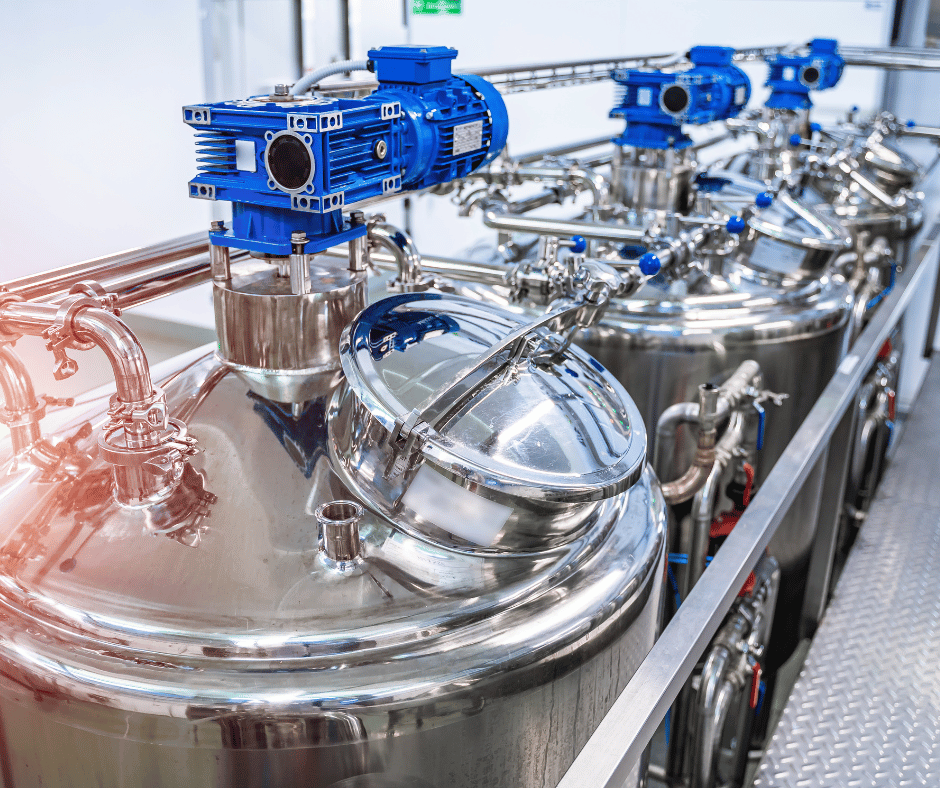
Best Practice Checklist for Beer Line Cleaning
Follow this checklist to keep every pint tasting fresh, reduce waste, and stay compliant with health and safety standards.
Weekly and Daily Cleaning Tasks
- Clean all beer lines at least once every 7 days without exception
- Rinse lines with clean water before and after applying cleaner
- Use cold water flushes with at least 2–3 pints per line
- Change couplers, nozzles, and taps daily—soak and scrub to remove biofilm
- Disassemble and soak tap components weekly to remove hidden build-up
- Check cleaner contact time and strength matches manufacturer instructions
- Use separate containers for clean and dirty water to avoid cross-contamination
- Clean drip trays, tap handles, and keg connectors as part of the routine
- Use a colour-indicating line cleaner to confirm proper chemical flow
- Check beer taste and clarity after cleaning before reconnecting to the keg
Safety and Compliance
- Wear chemical-resistant gloves and goggles during all cleaning
- Display clear signage at cleaning stations and bar areas
- Follow COSHH guidelines for handling and storing cleaning chemicals
- Ensure staff receive formal training on safe cleaning procedures
- Log each clean in a digital or paper cleaning record for traceability
- Store chemicals in labelled, ventilated, and locked cabinets
System Checks and Preventative Measures
- Inspect beer lines for cloudy residue, slow pour or strange odours
- Monitor cellar temperature—keep it between 11–13°C to prevent yeast bloom
- Check gas system pressure and regulator performance weekly
- Inspect and record the condition of your Carboguard or Carboguard Mini filter
- Replace filters on schedule or if performance drops
- Review cleaning performance logs monthly to catch missed cleans
- Use filtered, ISBT/EIGA-compliant CO₂ to reduce line contamination risk
- Conduct quarterly deep cleans or third-party inspections for high-volume venues
Clean Lines Keep Your Beer Safe, Fresh & Profitable
A single dirty line can ruin flavour, cause customer complaints, or lead to costly waste. Over time, poor hygiene impacts brand trust and reduces repeat trade.
Regular, effective cleaning helps ensure:
- Crisp, clean-tasting pints every time
- Full compliance with food hygiene regulations
- Reduced spoilage and downtime
- Consistent profits with minimal waste
Beer line hygiene should be seen as part of a wider system. Temperature control, gas purity, and pressure stability all play a role in preserving product quality from keg to glass.
Sure Purity supports every part of this system. Our Carboguard and Carboguard Mini filters keep CO₂ lines free from moisture and contaminants, helping maintain pressure, reduce faults, and improve overall dispense performance.
Explore our range of gas filtration products and line care resources to help protect your beer, and your bottom line.
